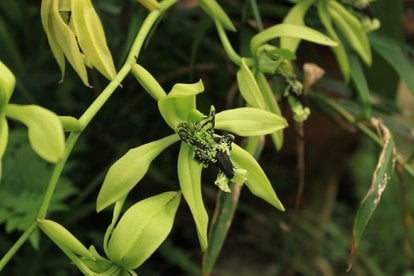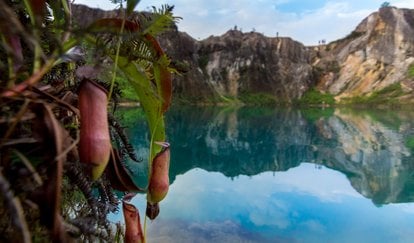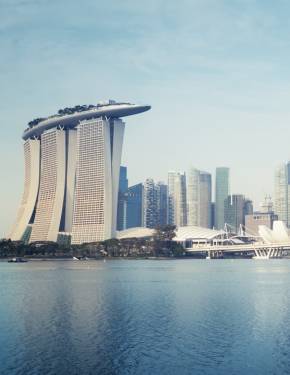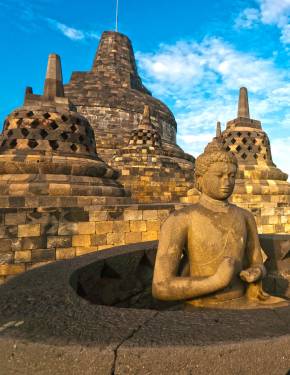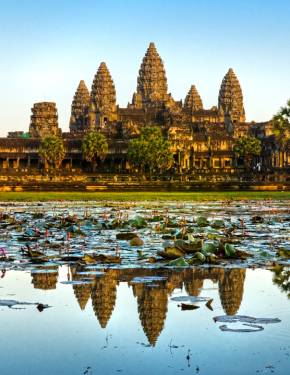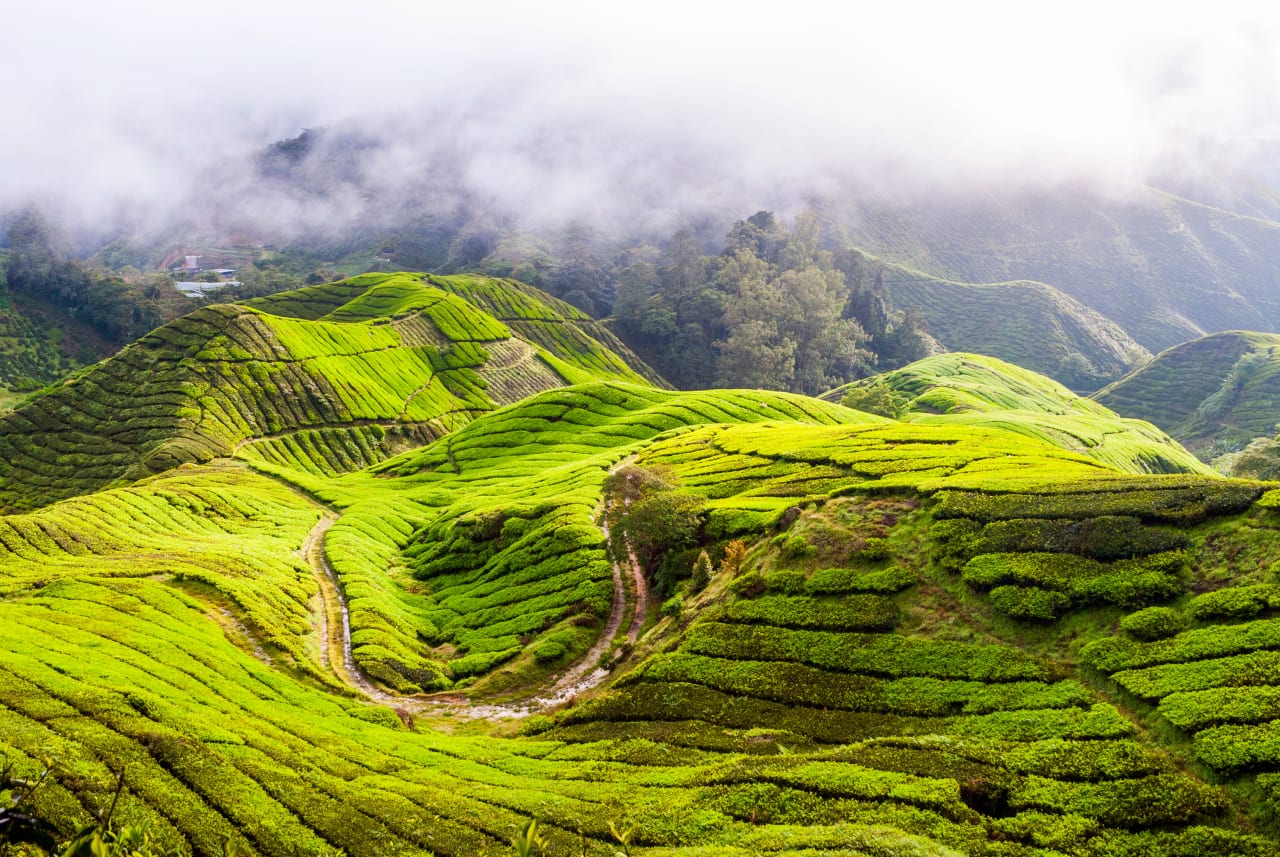
Best time to visit
33 things to do in Malaysia
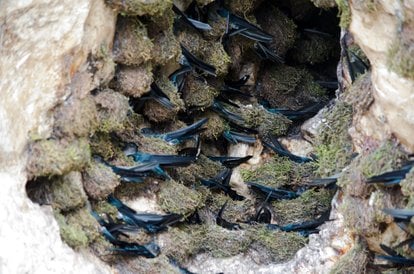
Harvest of Edible Swiftlet Nests
Have you tried a soup made with birds? With eggs? What about soup from the whole bird nest?
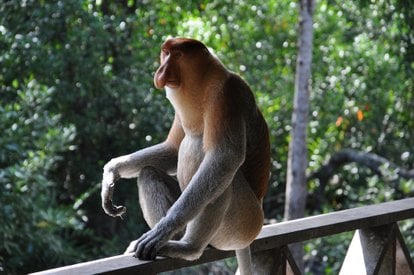
Proboscis Monkeys
They may seem very cute because of their golden fur and tiny brown eyes, but their huge nose make them look rather weird

Sunrise on Mount Kinabalu
You can start your lazy morning in bed with a cup of coffee, or enjoy your hot drink from a thermos on top of a mountain!
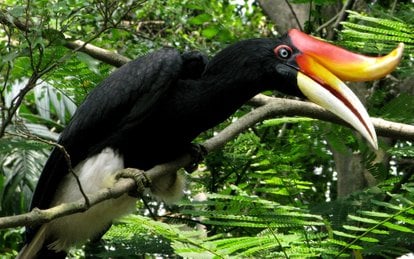
Birdwatching
Choose Malaysia if you want to see as many different kinds of birds as possible and meet colleagues from all over the world
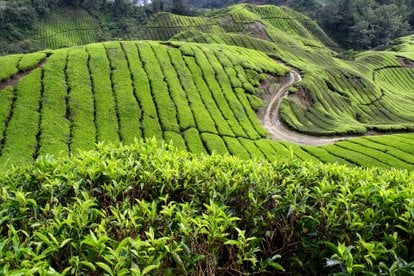
Tea Plantations and Pulled Tea
Black, green, Oolong, teh tarik—try various sorts of tea in Malaysia

Malay Martial Arts Silat
Are they fighting or just dancing? It might be both, especially if they practice Silat
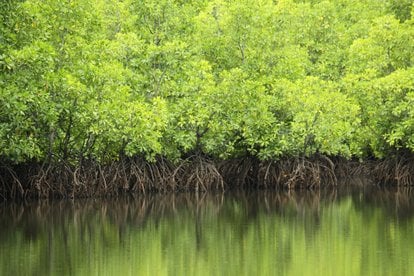
Mangrove Forests
Check out these trees growing in sea water that host lots of crabs and prawns
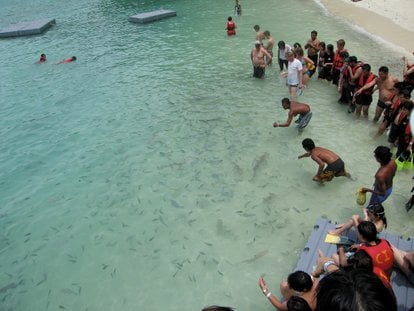
Feeding Baby Sharks
Even predators can be cute and friendly, if you know how to behave
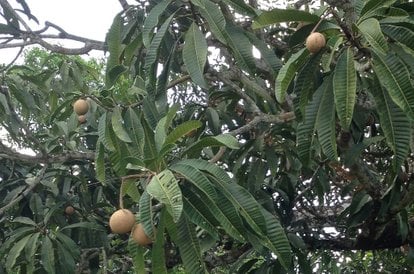
Asam Embang (Mawang) or Jungle Mango
This huge type of mango can be tasted and enjoyed only in Borneo
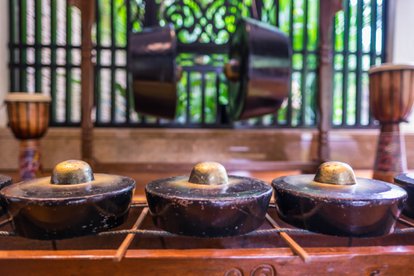
Gong Making in Sabah & Matunggong Gong Festival
Some tribes are distinct with dances, some with hunting, and the Rungus community has mastered its skills in making gongs

Kuching Cat City
If you are a cat lover, visit this town occupied with cats while it enjoys a short break from rains

Traditional Kite Flying
Peacocks, cats, and moons fill the sky when large kites are launched at the end of harvest

Hot Springs
Do you believe in the miraculous healing power or just want to test your body with really hot water on a cooler spring day?

Pygmy Elephants
The world's smallest subspecies of elephants live in Malaysian Borneo

Bats of the Sarawak
If you are not scared of vampires, visit this four-million bat colony
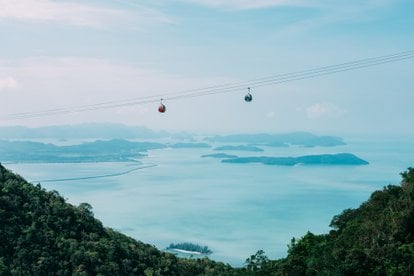
Langkawi SkyBridge
Follow this curvy bridge up in the mountains and touch the Malay sky
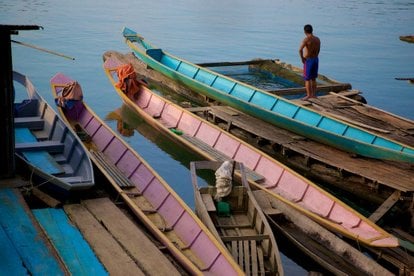
Longboat Ride and Longhouse Overnight
Spend a few nights with an indigenous community to learn the cultural roots of many cultures of Southeast Asia

Borneo International Kite Festival
Dragons, tigers, lizards, cats, and more! It gets very crowded up there, high in the sky
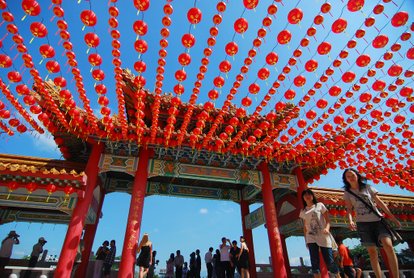
Chinese New Year
Chinese dragons and lions, night fireworks and magically lit temples, and many open houses for every person

Rafflesia
This flower is big, impressive, heavy, rare, unique and very stinking

Flashing Fireflies of Kampung Kuantan
A huge colony of fireflies performs their dance of light as a one whole organism

Mountain Torq Via Ferrata
The world's highest via ferrata near the summit of Mount Kinabalu, Borneo's highest peak
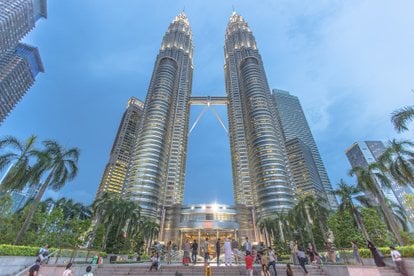
Petronas Twin Towers
If you're into tall buildings and long-range views, these twin skyscrapers are a must item on your bucket list

Gawai Dayak (Hari Gawai)
A vibrant Dayak ethnic festival, marking the end of the harvest season in Sarawak, Malaysia and West Kalimantan, Indonesia

Putrajaya International Hot Air Balloon Fiesta
The premiere hot air balloon event in Malaysia
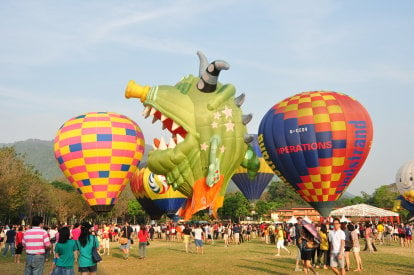
Penang Hot Air Balloon Fiesta
An impressive balloon festival on the island of Penang
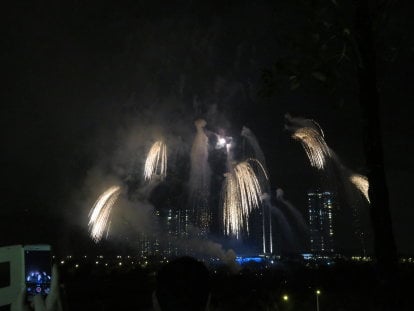
New Year's Eve
Ring in NYE at the beach or in the bustling megapolis of Kuala Lumpur
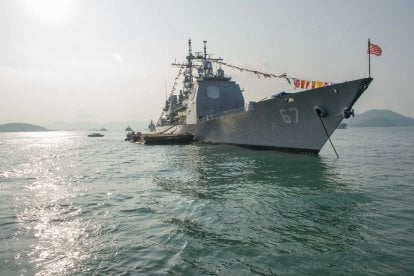
Langkawi International Maritime & Aerospace (LIMA) Exhibition
There's hardly another festival in the world that brings together so many kinds of machinery

